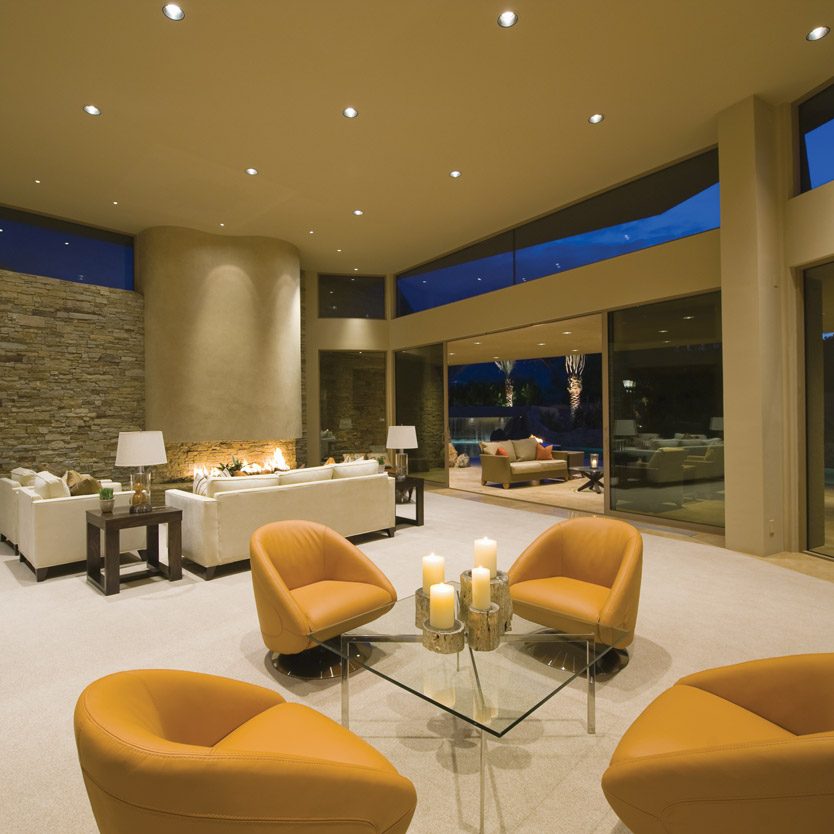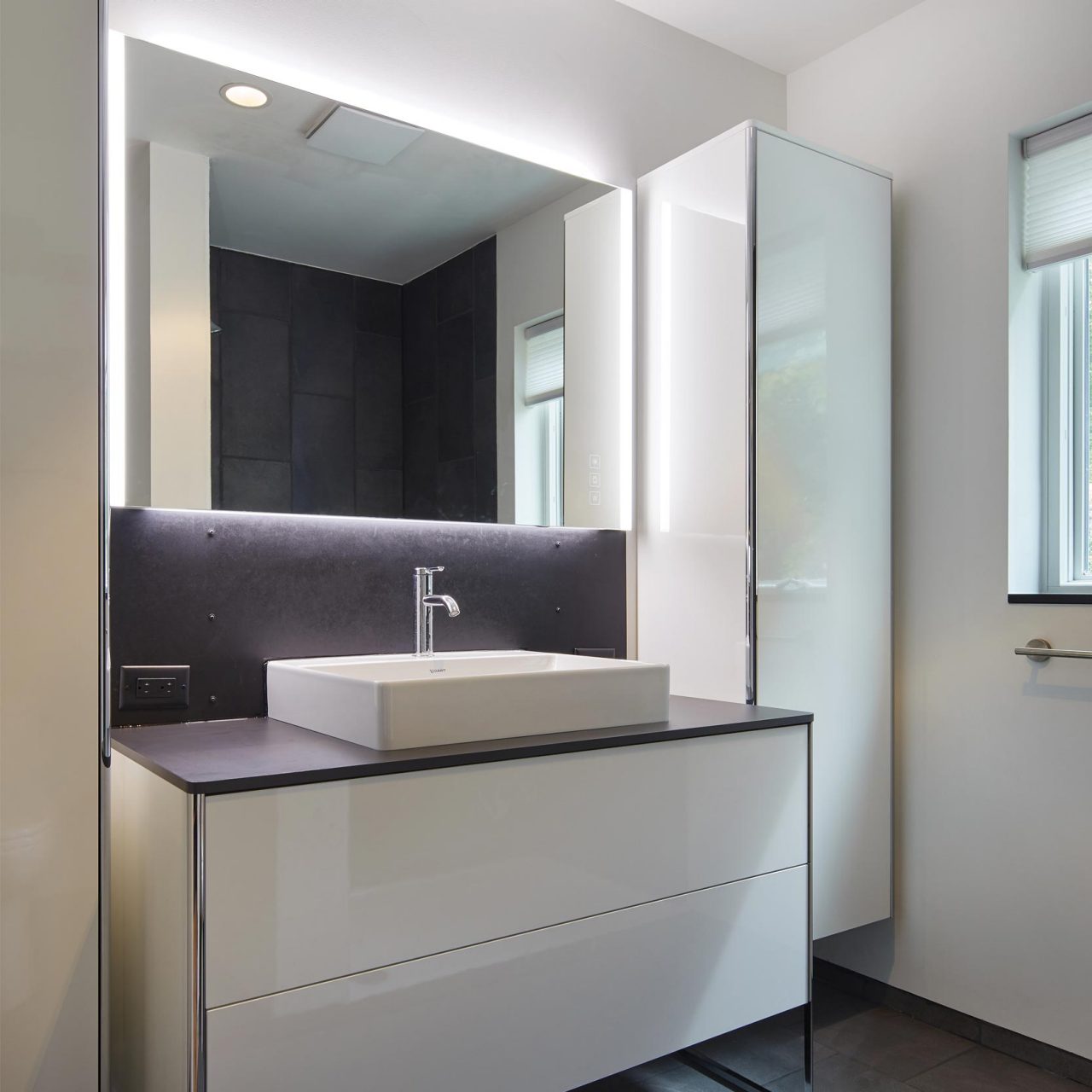Goals of Residential Lighting

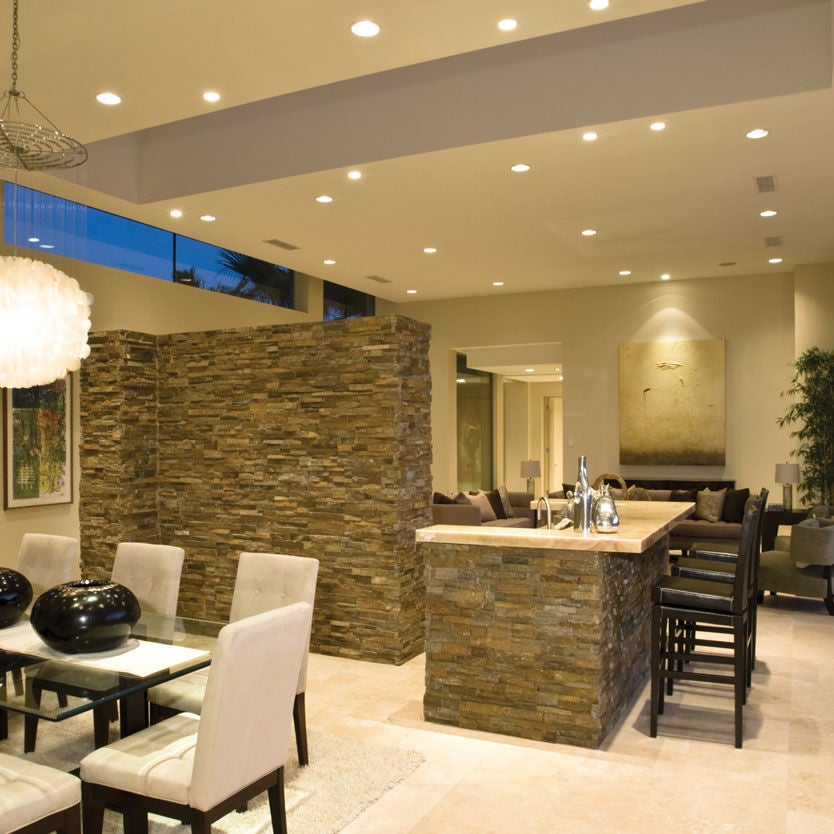
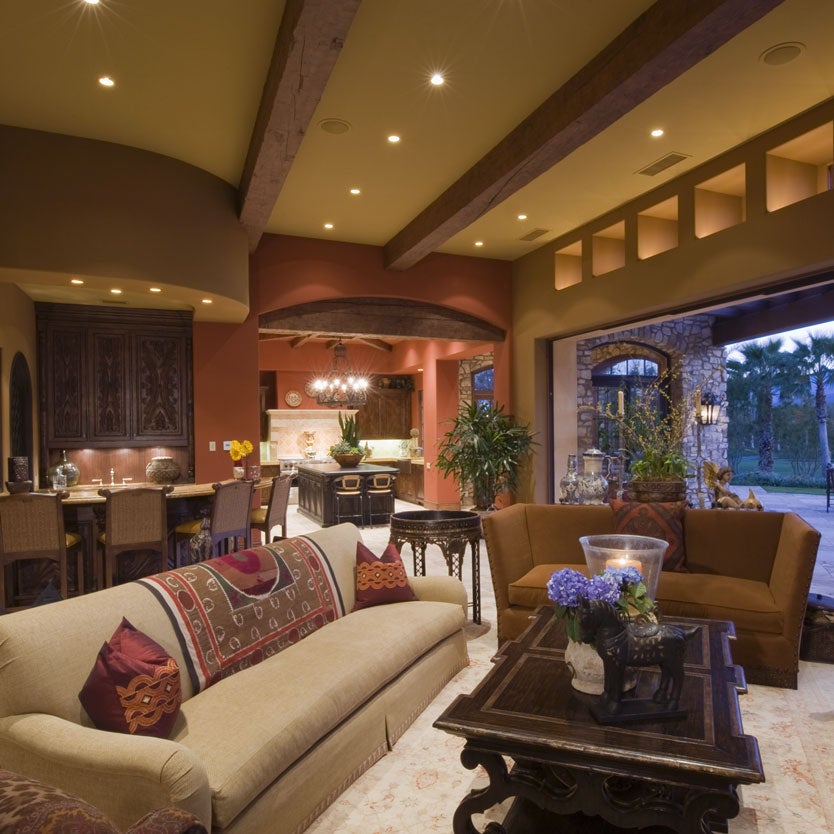
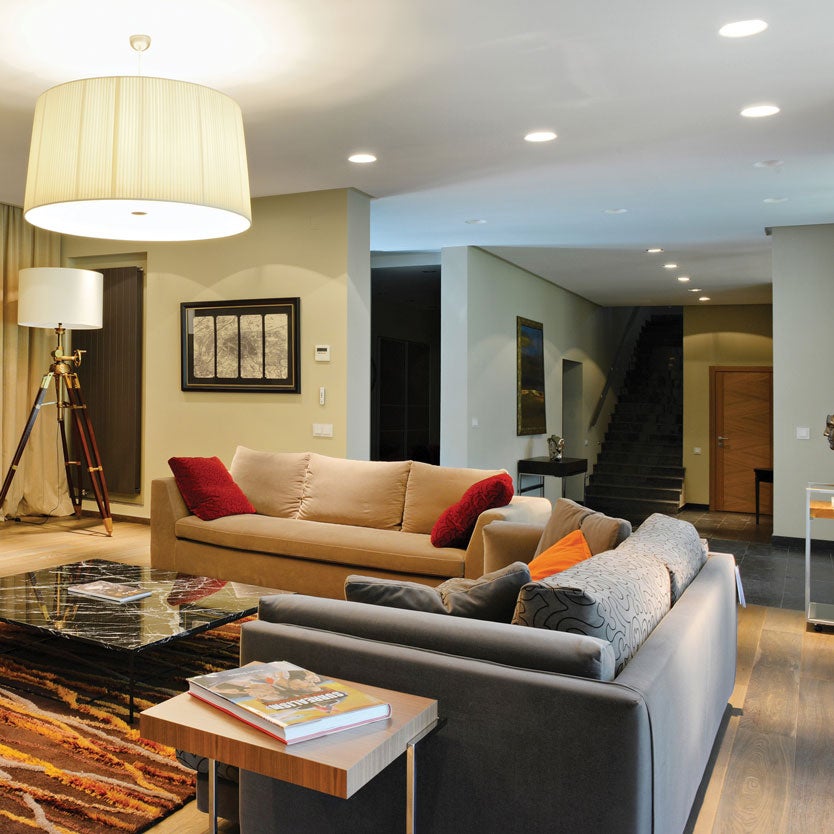
Create a warm and inviting environment while making it functional and safe
Establish a path of illumination through the house to allow for comfortable transition from room to room
Highlight areas of interest and architectural details to enhance and strengthen the character of the living space
Design a flexible lighting system that
is easy to maintain while addressing
energy efficiency and code issues
Layers of Light
There are four layers of light typically used in residential lighting: general (also called ambient), decorative, task, and accent.
Combining these lighting types gives visual interest to the space. Integrating and balancing the different layers of light into every room allows for a variety of settings, and creates an inviting environment.
GENERAL/AMBIENT LIGHTING
- Main source of illumination
- Uniform, base level of lighting
- Comfortable level of brightness
- Provide a sense of relaxation and spaciousness
- Light level should be uniform and neutral
General, or ambient, lighting provides the area with overall illumination, more specifically for orientation and general tasks. Ambient lighting should radiate a comfortable level of brightness and provide a sense of relaxation and spaciousness. The light level should be uniform throughout the space, inconspicuous and neutral.

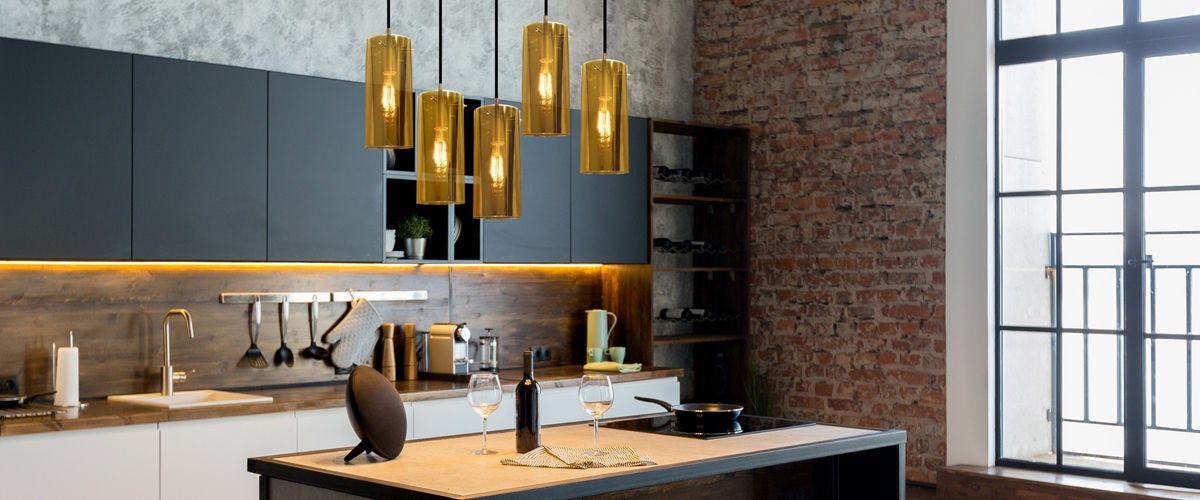
DECORATIVE LIGHTING
- Contributes to the aesthetic layers in an environment
- Enhances the look of the space as a design elemen
- Complements and adds visual interest to the space
Decorative lighting serves a dual purpose: not only to contribute to the lighting layers in a retail environment, but also to enhance the look of the space as a design element. Decorative lighting includes pendants, sconces, chandeliers, table and floor lamps, and cylinders. Decorative lighting should complement and add visual interest to the interior, as well as provide or contribute to the overall lighting plan.
TASK LIGHTING
- Used as a supplement to general/ambient lighting
- Provides a focused, localized, and higher level of illumination than general/ambient lighting
- Should eliminate shadows on the specific illuminated area and prevent glare from the lamp or off surfaces
Although ambient light should still provide the majority of illumination, task lighting reduces the reliance on overhead lighting and provides a better quality of light for specific tasks. Necessary to the functioning of a space, it is important to use energy efficient sources to reduce operating costs.
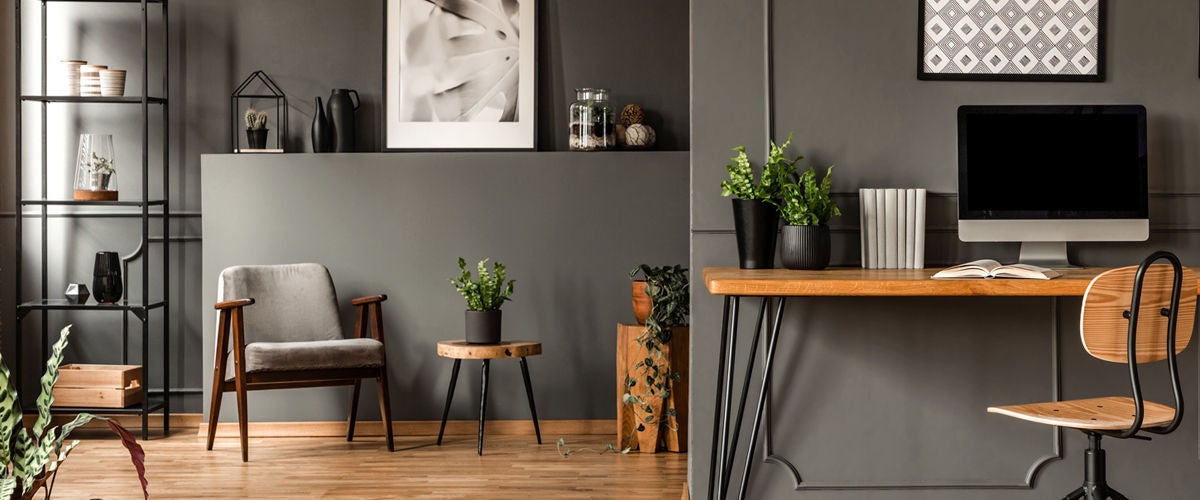
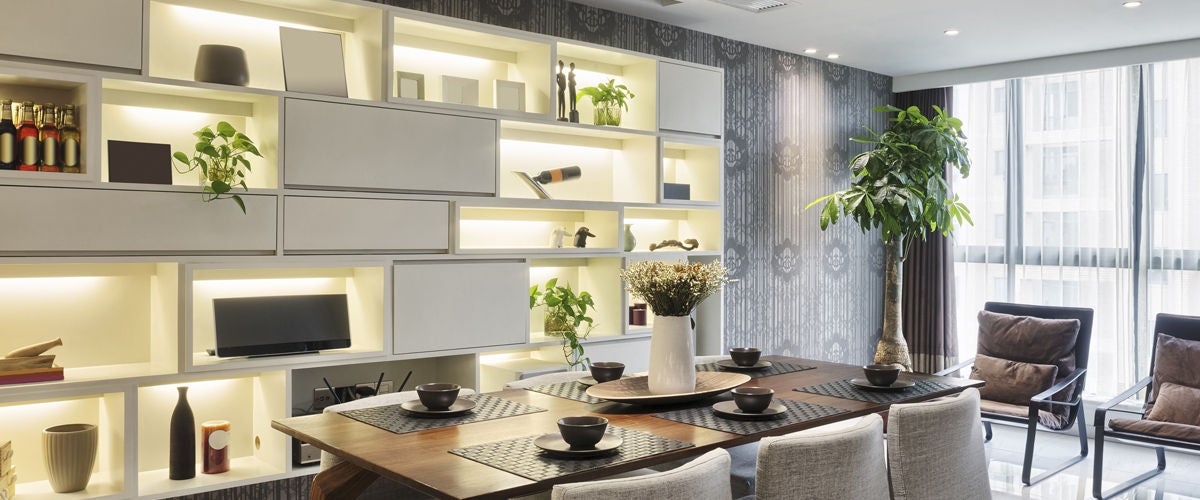
ACCENT LIGHTING
- Reinforces design aesthetics
- Creates a dramatic emphasis on shapes, textures, finishes and colors
- Adds depth and contrast
If Accent Lighting is directed ambiguously, the end result may have many unwanted shadows, obstructing the details of the highlighted items as well as creating a distracting glare. The key is to make this illumination more precise and of higher intensity than the surrounding ambient light. Accenting everything and emphasizing nothing is a common mistake with accent lighting; keep in mind that there such a thing as providing too much light

Outside, the entrance to the home
should be well lit to welcome guests
and identify visitors
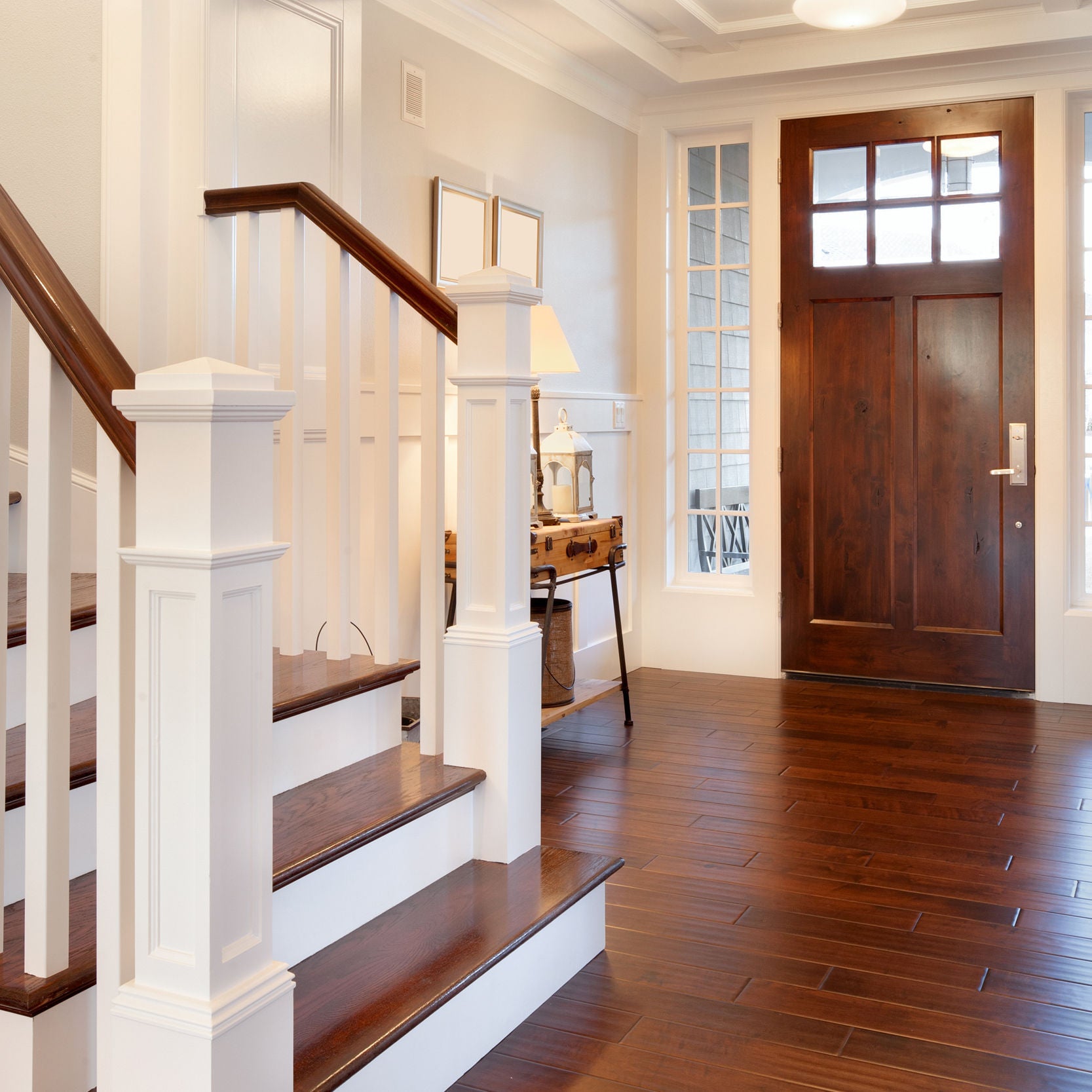
Inside, general lighting should provide an inviting atmosphere and safe passage
into other areas of the home

The living room: a space for general entertaining, watching television, working on the computer, doing homework, reading… the correct light levels must be incorporated to suit each activity and mood

Kitchens have become the ultimate multi-use room, the heart of the home, and need plenty of ambient and task lighting to be efficient and functional; controls help change lighting scenes easily
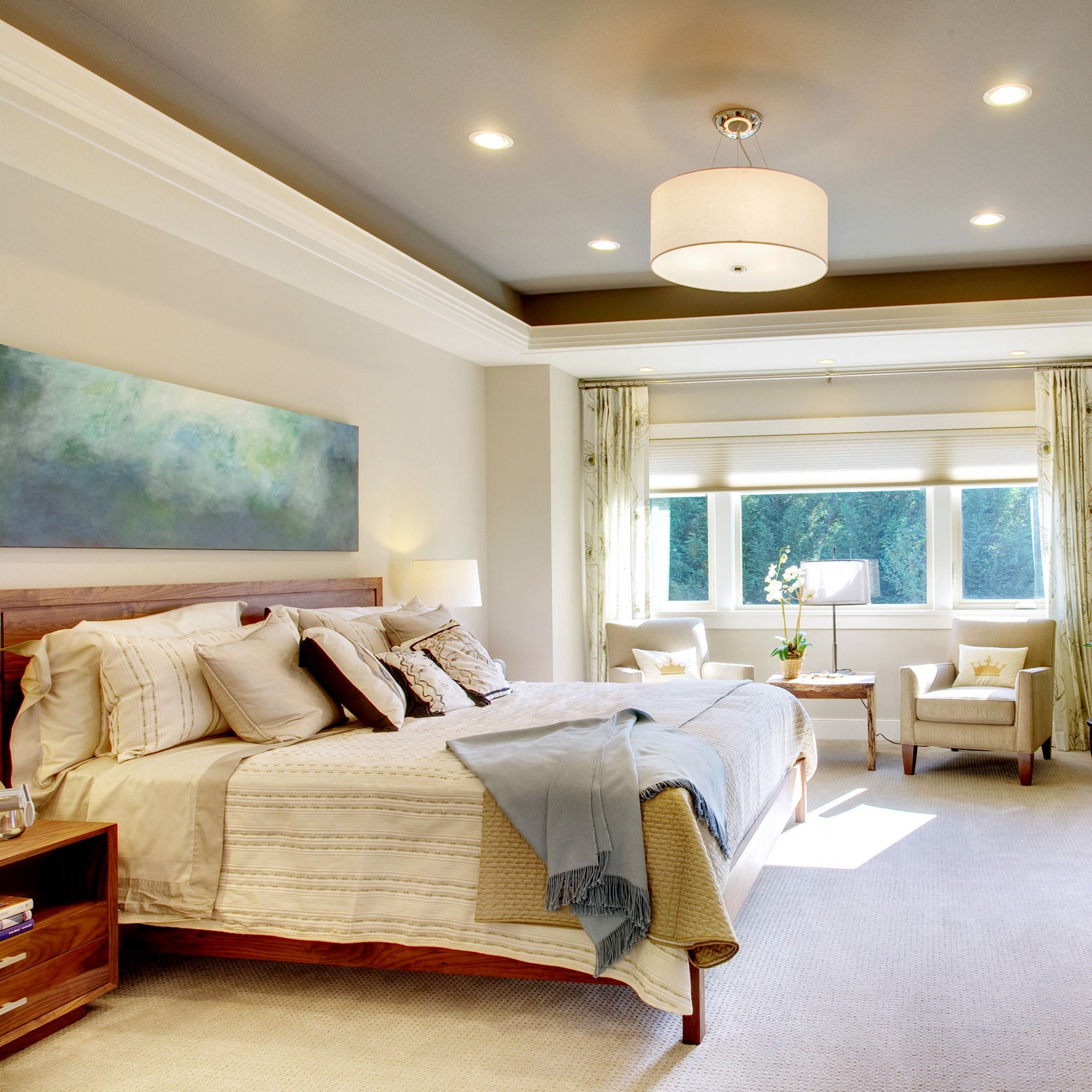
It is important to focus on the overall mood of the space when lighting a bedroom. Combining ambient and task lighting provides bright enough illumination for reading and other tasks. Using dimmers gives the ability to control different light levels independently so the room can adapt to different moods as desired.
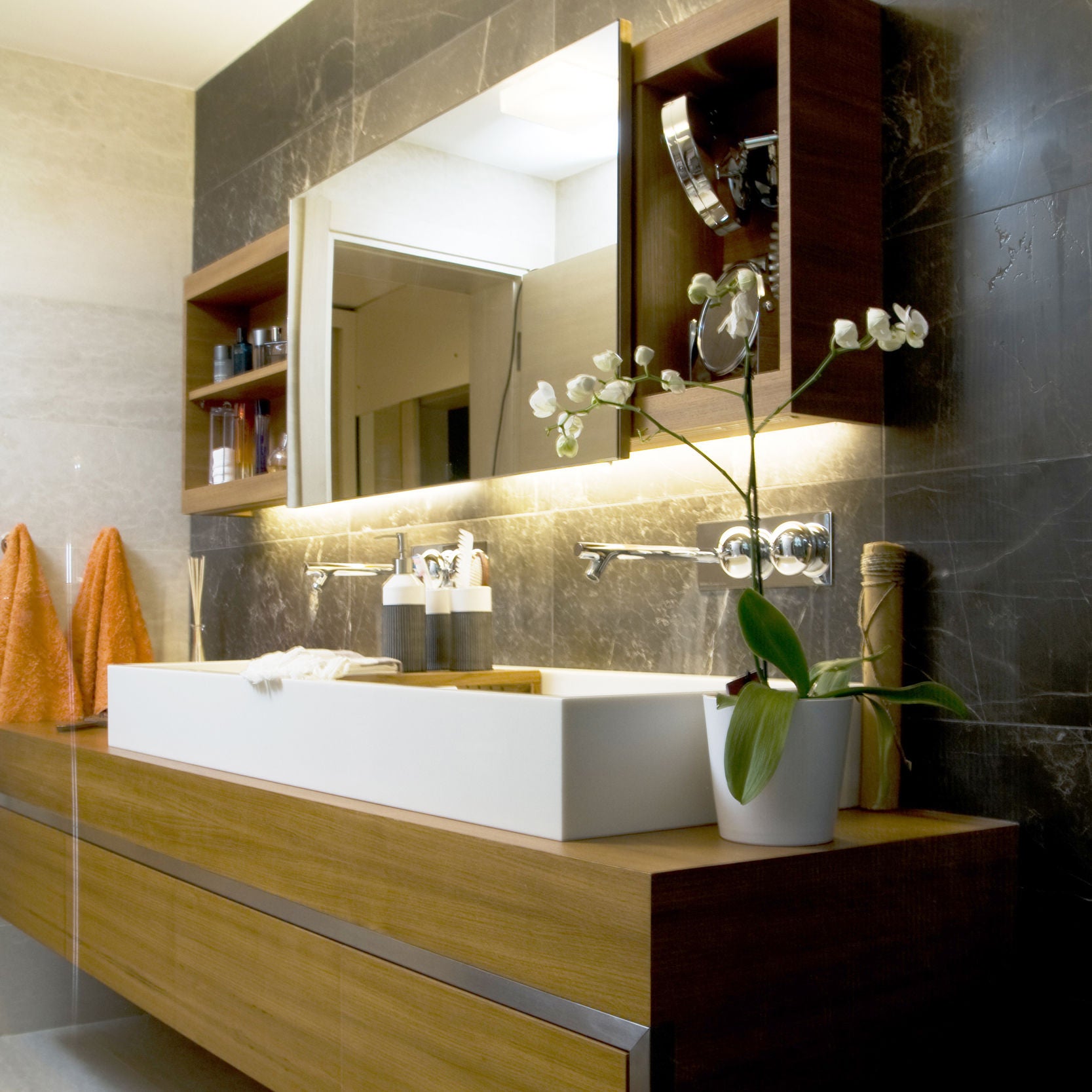
When lighting a bathroom, consider safety, function and aesthetics; the light should be bright enough to move around safely and shadow-free to allow for grooming practices
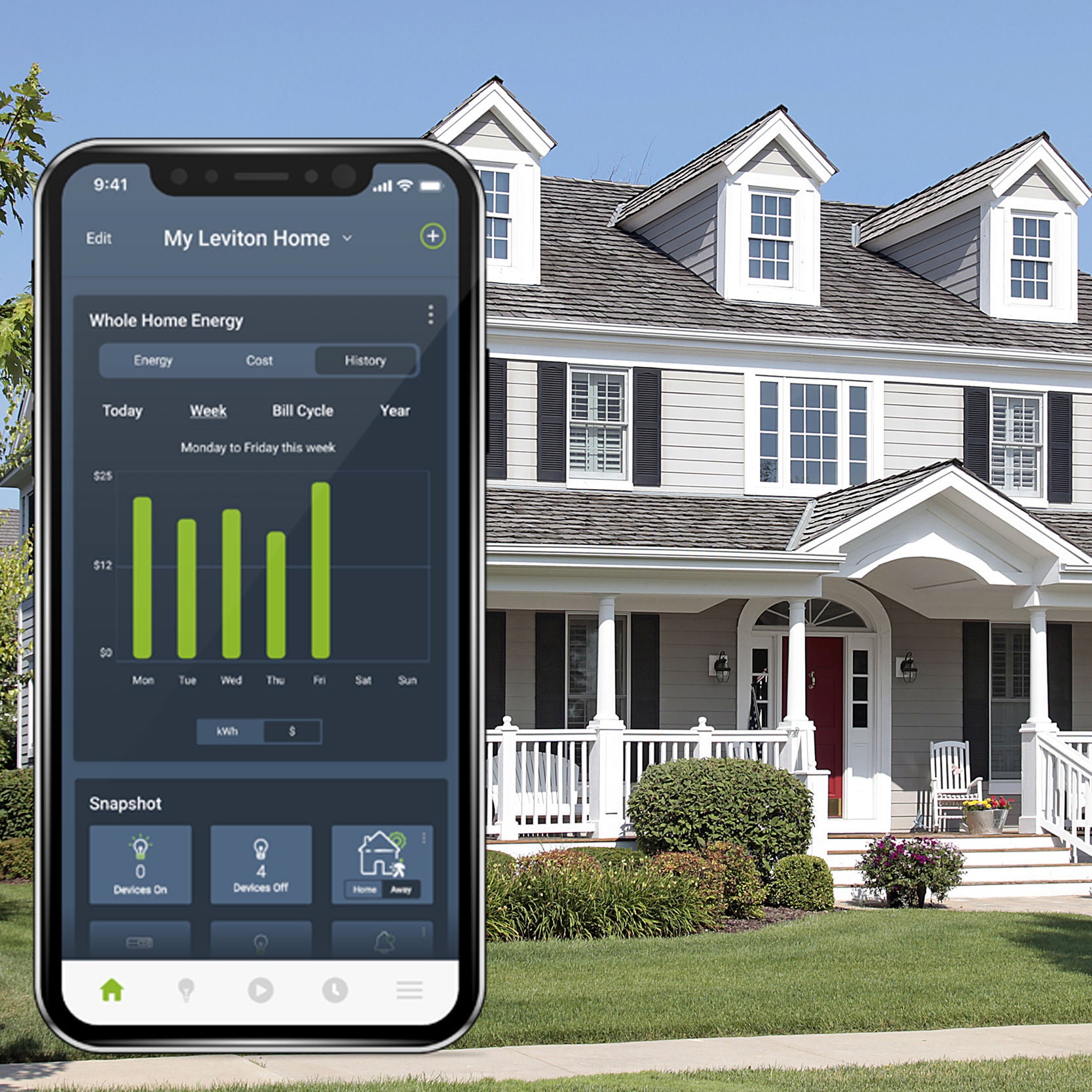
Leviton Control Solutions modernize energy management and increase energy efficiency. Leviton gives you the ability to integrate scalable solutions with a host of different control protocols to keep the entire house connected.
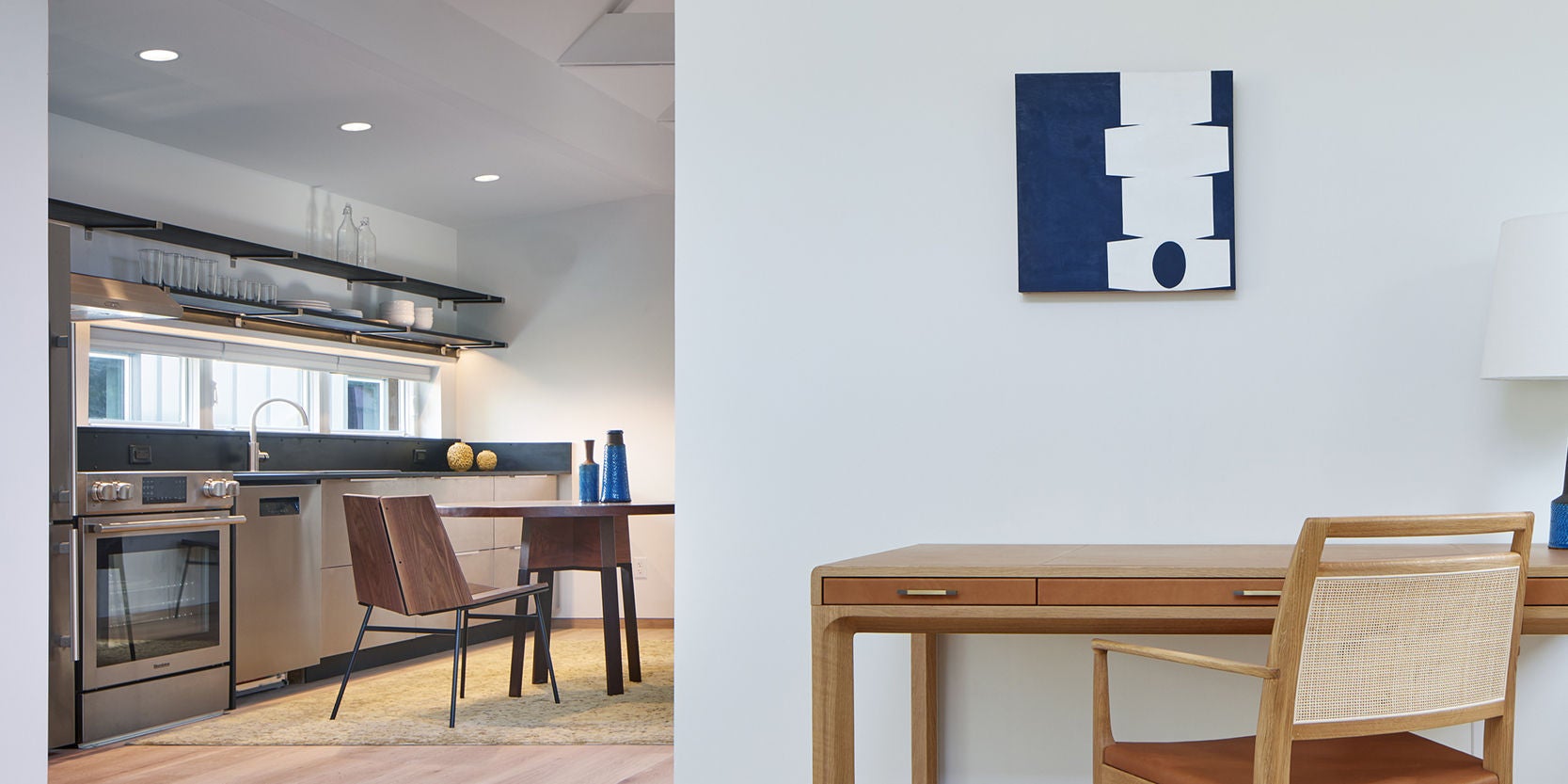
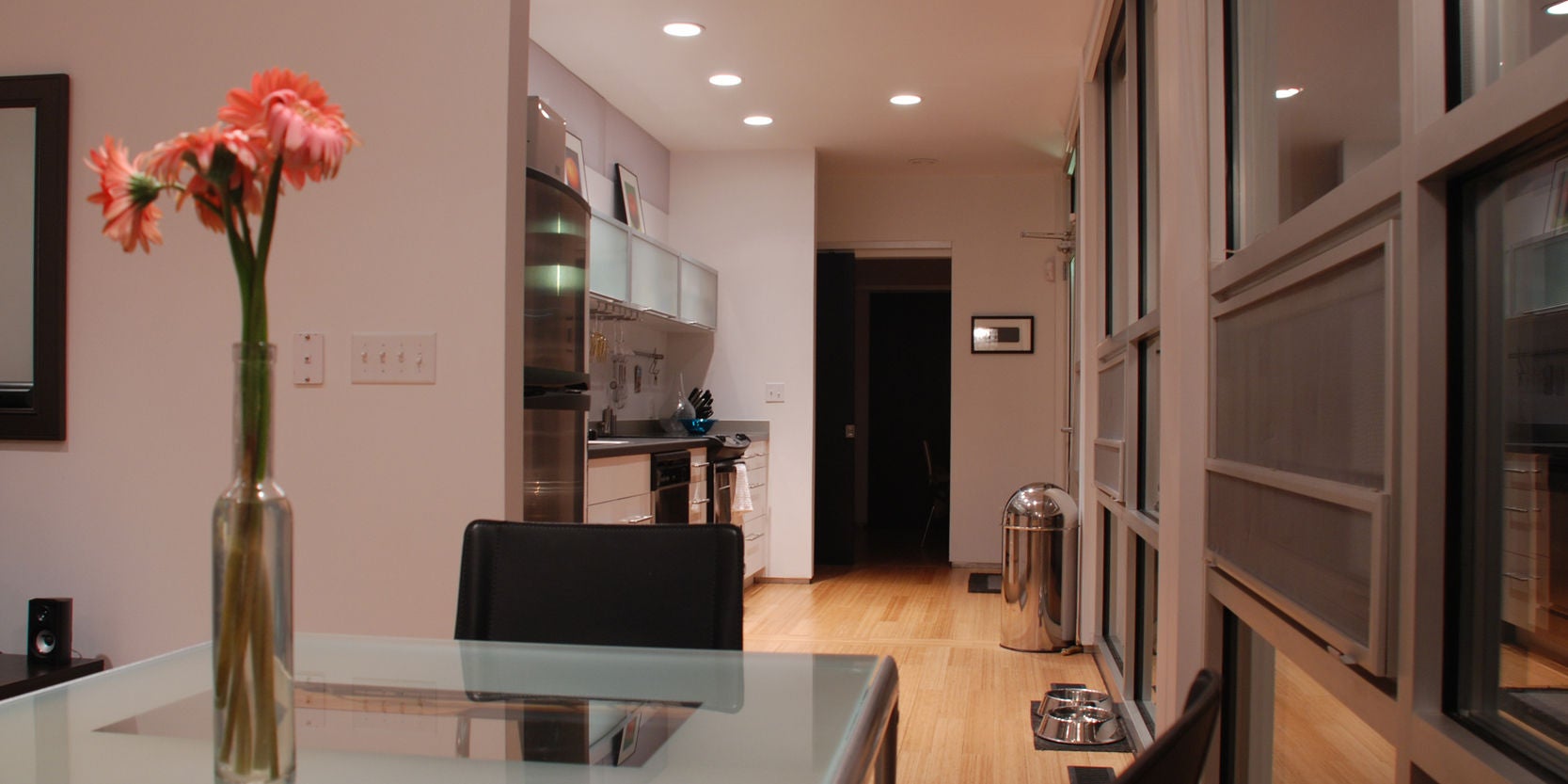

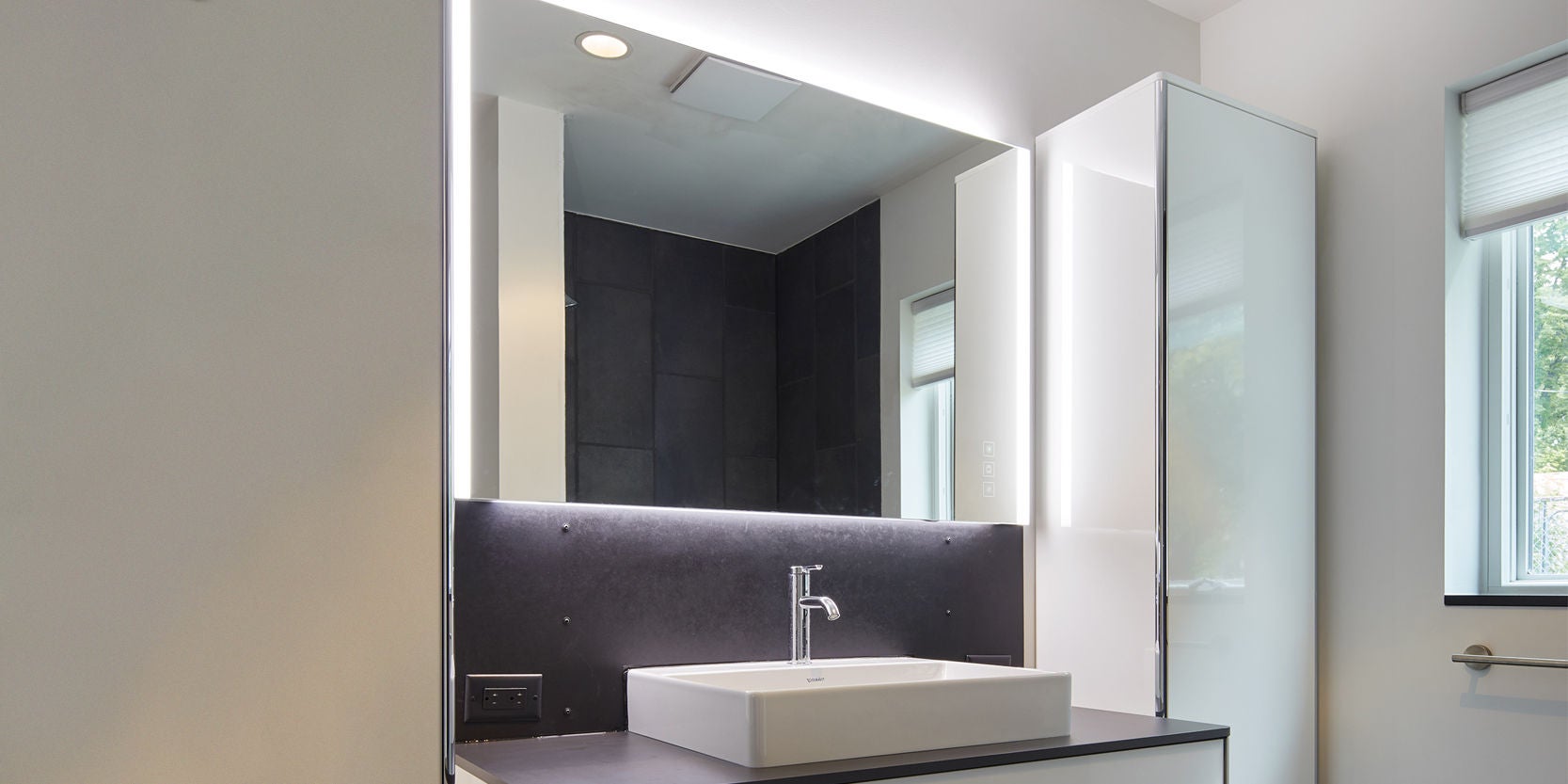

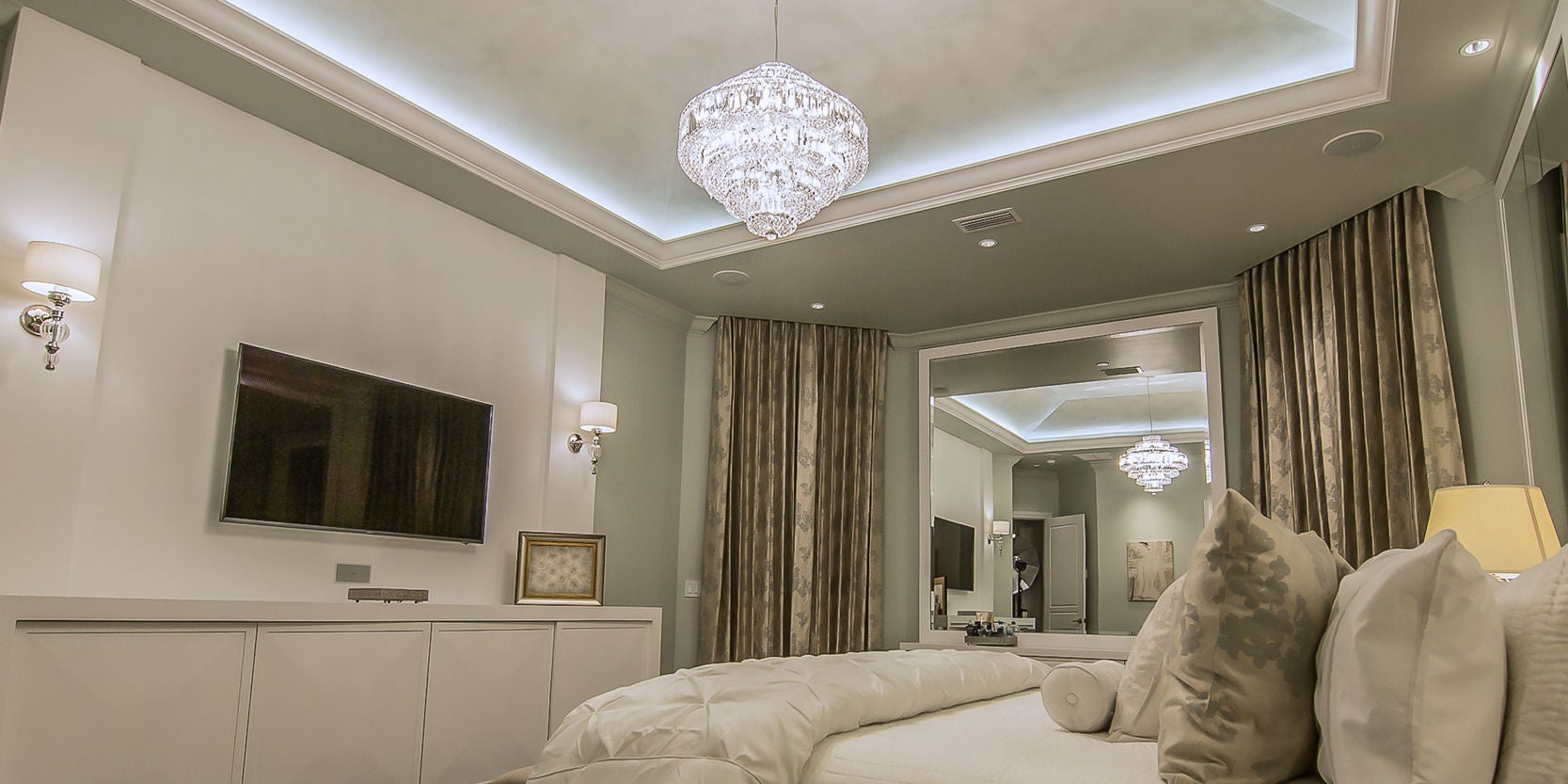
- resi-0002
- resi-0001
- resi-0000
- resi-0005
- resi-0004
- resi-0006

